x
x
Prisms

BTMT high precision right angle prisms are manufactured with more stringent specifications than any other standard right angle prisms. They can be used especially for beam deviation or as substrates for beamsplitters.
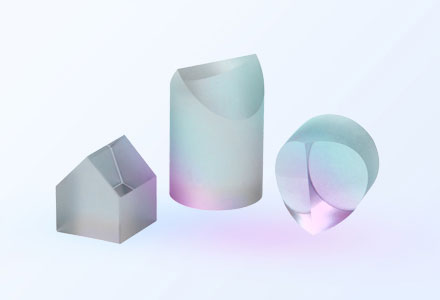
Application: 180°beam folding prism
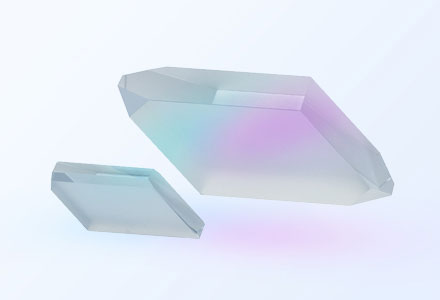
Rhombic prisms are used to displace a beam lateral without changing its direction.

Penta prisms can deviate an incident beam to 90° without inverting or reversing. The deviation angle of 90° is independent of any rotation of the prism about an axis parallel to the line of intersection of the two reflecting faces. Movement of the prism does not affect the right angle at which rays are reflected. The penta prism is the important part in Plumb Level and Rangefinding. It acts as a turning mirror which is insensitive to alignment and also it is a necessary optical tool.
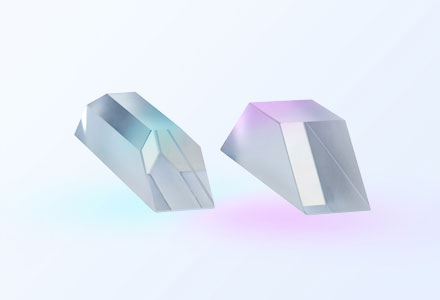
Dove prism has two applications. The main application is used as image rotator. As the prism is rotated, the image passing through will rotate at twice the angular of the prism. Another application is used as a retroreflector like right angle prism.
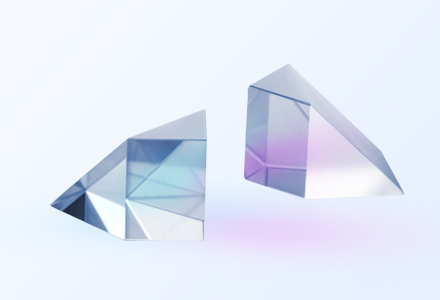
The roof prism is a right angle prism whose hypotenuse has been replaced by two mutually perpendicular surfaces.
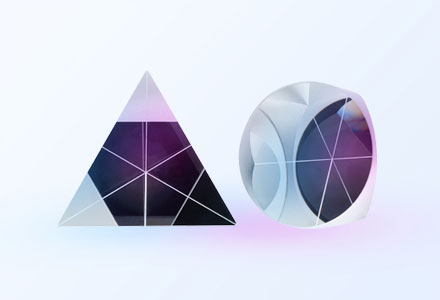
Corner Cube Retroreflector (CCR) has three mutually perpendicular surfaces and a hypotenuse surface. The exterior CCR is equal to an optical glass cube which is cut down as its angle. Any ray entering the hypotenuse will be reflected and emerge from the entrance/exit face parallel to itself, but in the opposite direction of propagation if the three mutually perpendicular surfaces are exactly 90 degree. For its special performance, it is not only used in military affairs, aviation and spaceflight, but also used in the distance measurement, optical signal process and laser interferometer.
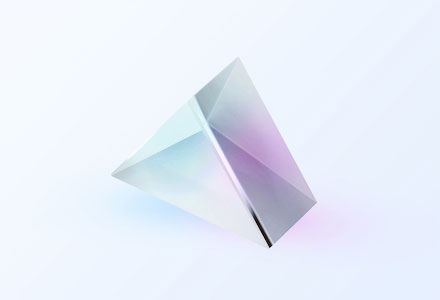
Equilateral prism is called dispersing prism. A white light ray is twice refracted passing through the prisms; meanwhile the output different color light can be separated. They are used for wavelength separation application. BTMT can provide fused silica, BK7 and SF10 materials. BK7 is more durable and has superior transmission, SF10 offers superior dispersion but it is more fragile and sensitive to training.
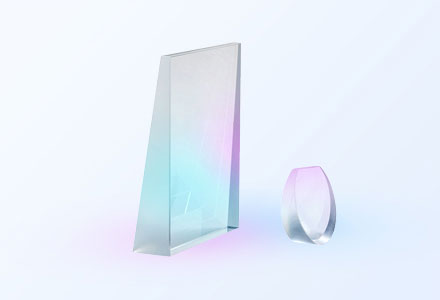
Wedge prisms are used as beamsteering elements in optical system. By combining two wedges of equal power in near contact, and independently rotating them, a ray can be steered in any direction within the narrow cone. The equation to determine the deviation angle is: θd = arcsin(nsinθw)- θw Where θd is the deviation angle, θw is the wedge angle, and n is the nominal index at the appropriate wavelength..